The FAA aims for new UAV beyond visual line of sight (BVLOS) flight regulations to give the U.S. commercial drone industry the “ability to scale nationwide,” according to the agency’s head of rulemaking.
Speaking in May at the Commercial Drone Alliance (CDA) Innovation and Security Summit in Washington, D.C., FAA Executive Director-Rulemaking Brandon Roberts said an upcoming BVLOS Notice of Proposed Rulemaking will outline a “massive regulation that covers all operations domestically.”

speaking at the Commercial Drone Alliance Innovation
and Security Summit in Washington, D.C. PC: Aaron Karp
The Part 108 rulemaking would update Part 107 regulations that have governed U.S. drone operations since 2016. Part 107 stipulates drone pilots must be able to view UAVs in operation. The White House’s Office of Information and Regulatory Affairs (OIRA) is now in the process of facilitating a U.S. government-wide review of the FAA’s draft NPRM.
The Part 108 NPRM “really is a forward thinking approach to how we address these mission sets that we've heard about—-package delivery, infrastructure inspection, agriculture,” Roberts said.
The often-lengthy Part 107 waiver process, in which the FAA approves a specific operator’s request for a BVLOS exemption on a case-by-case basis, has largely prevented widespread commercial operations that would enable meaningful revenue generation, according to industry players.
“Now we're looking to actually scale all of these operations to a point that they're commercially viable, that they're profitable,” Roberts said.
Liz Forro, who joined the CDA as policy director in January after working in the FAA’s Office of Rulemaking, said the FAA’s Part 108 NPRM draft did not get through the OIRA review process before the change in presidential administrations and was “remanded back to the FAA,” restarting a “bureaucratic process” within the agency.
She said FAA officials have discussed in meetings with OIRA representatives the potential “economic and safety benefits” of Part 108, which could “unlock the low altitude economy.”
Roberts said the FAA “had been in the OIRA review before the administration changed, but we were not able to finish our coordination with [U.S. government] security partners and get the approval” to publish the BVLOS NPRM while the Biden administration was still in office.
“The current administration is reviewing it,” he explained. “We've been making some adjustments at the FAA for the new administration. With the Trump administration coming in, we did have to take it back all the way to the FAA to be coordinated with our political appointees at the FAA.”
Learning From BVLOS Waivers
Roberts noted the FAA has “leaned forward into approvals” for BVLOS exemptions over the last two years so the agency could learn more about in-service commercial operations to inform development of Part 108 requirements. “Our goal is to get operations out there so we can better understand those operations as we get toward a final rule,” he explained.
The FAA has been eager to “hear feedback from the public based on the [waiver] operations,” Roberts added. “We do get that feedback as we see operations. So it was a really big focus for us over the last two years to get more operations in the wild, learn about them, and really expand our understanding of what commercial operations look like as we go into finalization of our Part 108 proposal.”
He said the agency is likely to approve more exemptions once the NPRM is issued, after which there will be a public comment period leading into the FAA developing a final rulemaking, a process likely to take some time.
“The goal is always that the transition [period] to the final rule is better than what we have [currently in terms of waivers],” Roberts said. “Once we have [an NPRM] that's published, everyone will see where the FAA is planning to go with this proposal, and you can probably ask for even more out of the FAA [in terms of exemptions]. And we can do more because we've laid out what our case is. Unless there's some clear comments saying, ‘Hey, that's not safe, or you missed this part in your analysis,’ we're likely to approve even more [exemptions] to include what we actually proposed in the rules as we get toward the finalization … Then the final rule would have either a grandfathering clause or a way to transition from those operating exemptions and waivers into the final rule structure.”
Roberts said the goal is for Part 108 to have comprehensive requirements “so we're not doing things like environmental reviews for each and every [drone] delivery location, for each takeoff and landing location. We want those things to be covered.”
CDA CEO Lisa Ellman said a final Part 108 rulemaking “is a critical deregulatory action which will remove ill-suited regulations that artificially constrain” the U.S. commercial drone industry.
“The purpose of the BVLOS rule is to enable and normalize commercial drone operations that are otherwise prohibited or require individual approval through bureaucratic and time-consuming FAA application processes.” she added.
Roberts said to expect the Part 108 NPRM to treat the commercial UAV sector “the way we've treated air carriers in the past.” He explained the BVLOS rulemaking will “introduce some more corporate responsibility on how to operate, because the corporate responsibility for scaling is probably more important than the individual responsibility that we've traditionally had in aviation for pilots, mechanics, those certificated entities that the United States has.”
He added: “Those are the big things that we're pushing for [in Part 108]: the ability to scale, more corporate focus for certification, less private focus. for certification.”
Slow Interagency Review Process
Roberts said the U.S. government interagency review process can be frustrating but is necessary.
“It is difficult getting UAS rules coordinated through the interagency [review process],” he conceded. “It's not that it's bad. It's part of the process.”
Roberts said coordinating with U.S. government security and defense agencies is particularly important. “It doesn't help at all if we get operating rules that then immediately get blow-back and everybody gets shut down for security concerns or national defense concerns,” he explained. “So doing the interagency coordination [is necessary], even though it can be very frustrating and has cost us significant time as we've worked back and forth between developing a proposal at the FAA, getting feedback on it, working through that feedback with the security partners and all parts of the government.”
He said there is particular interest in UAV regulations across the government. Drones are “exciting,” Roberts explained. “We get a ton of feedback. Some of it's great, some of it's been very helpful. Some of it's not great, not very helpful. But it is all part of the process of making us smarter as the aviation regulator … It can be very painful. It does take a lot of time, but it is a good process to get us to what I hope will be a great final outcome.”


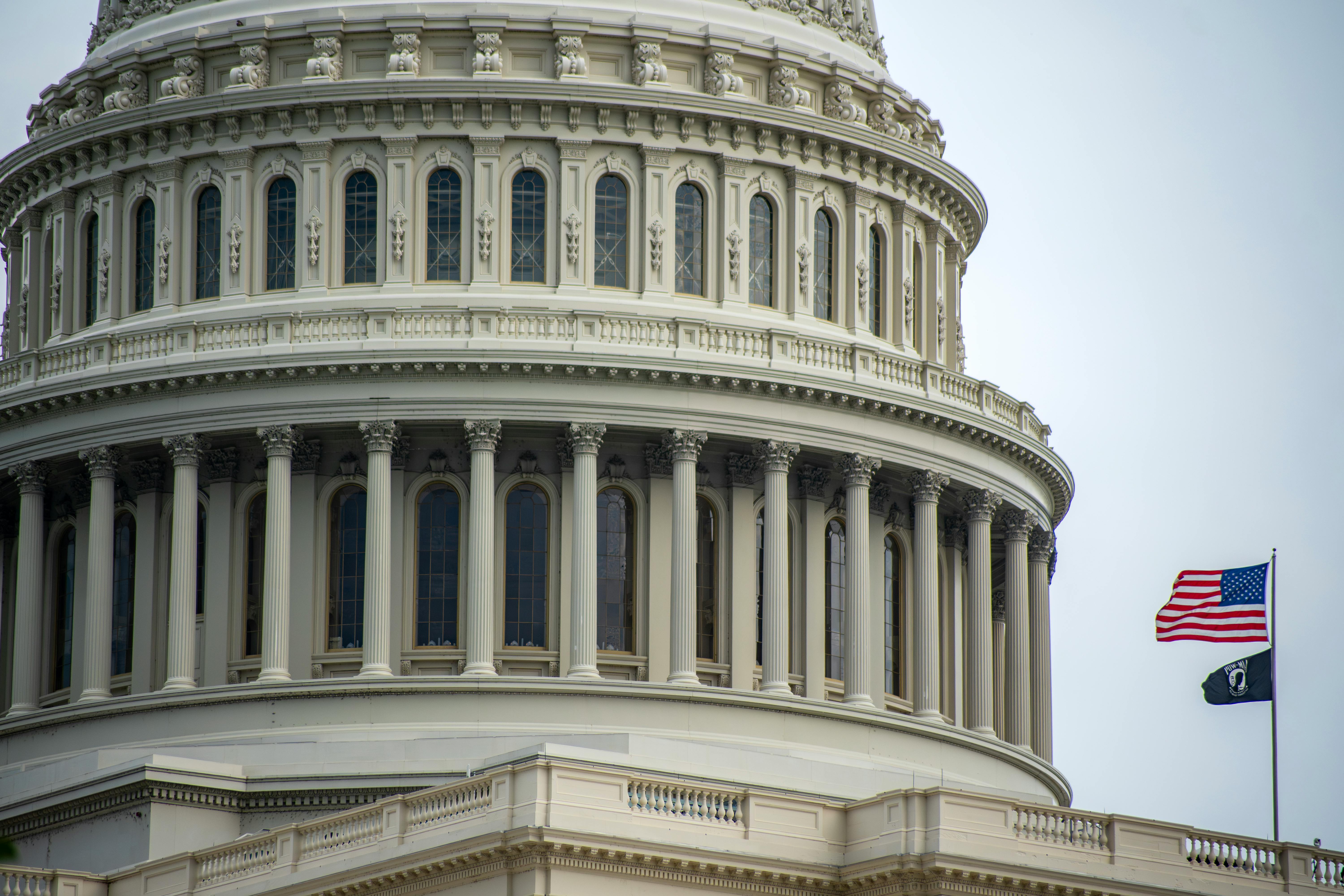

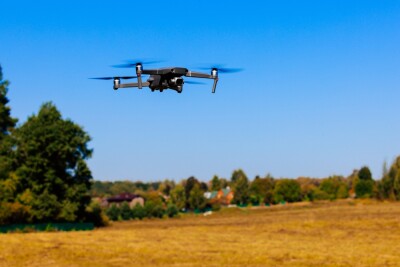
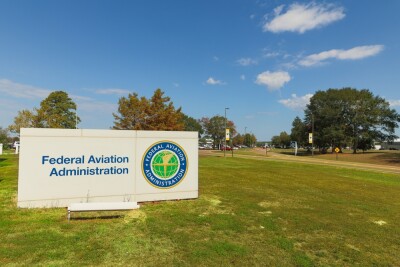
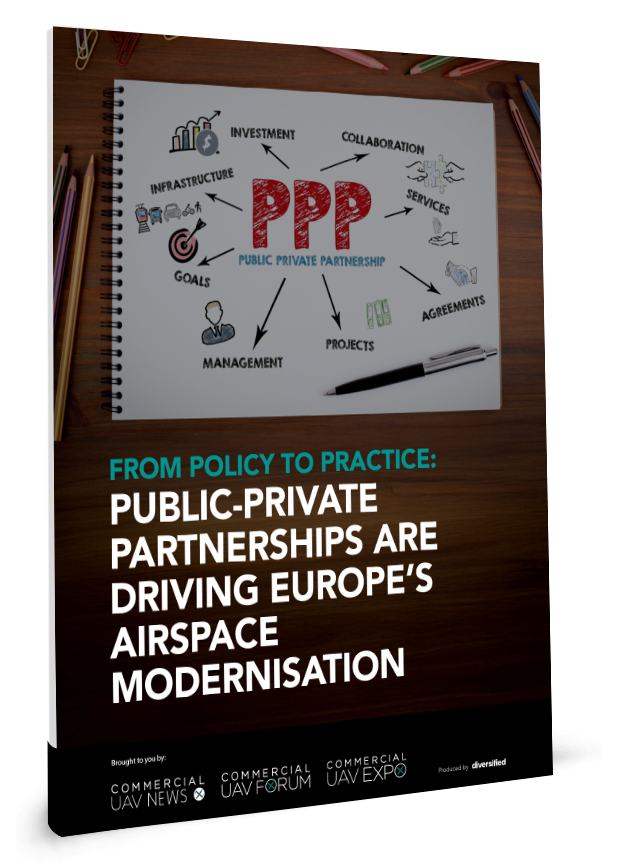
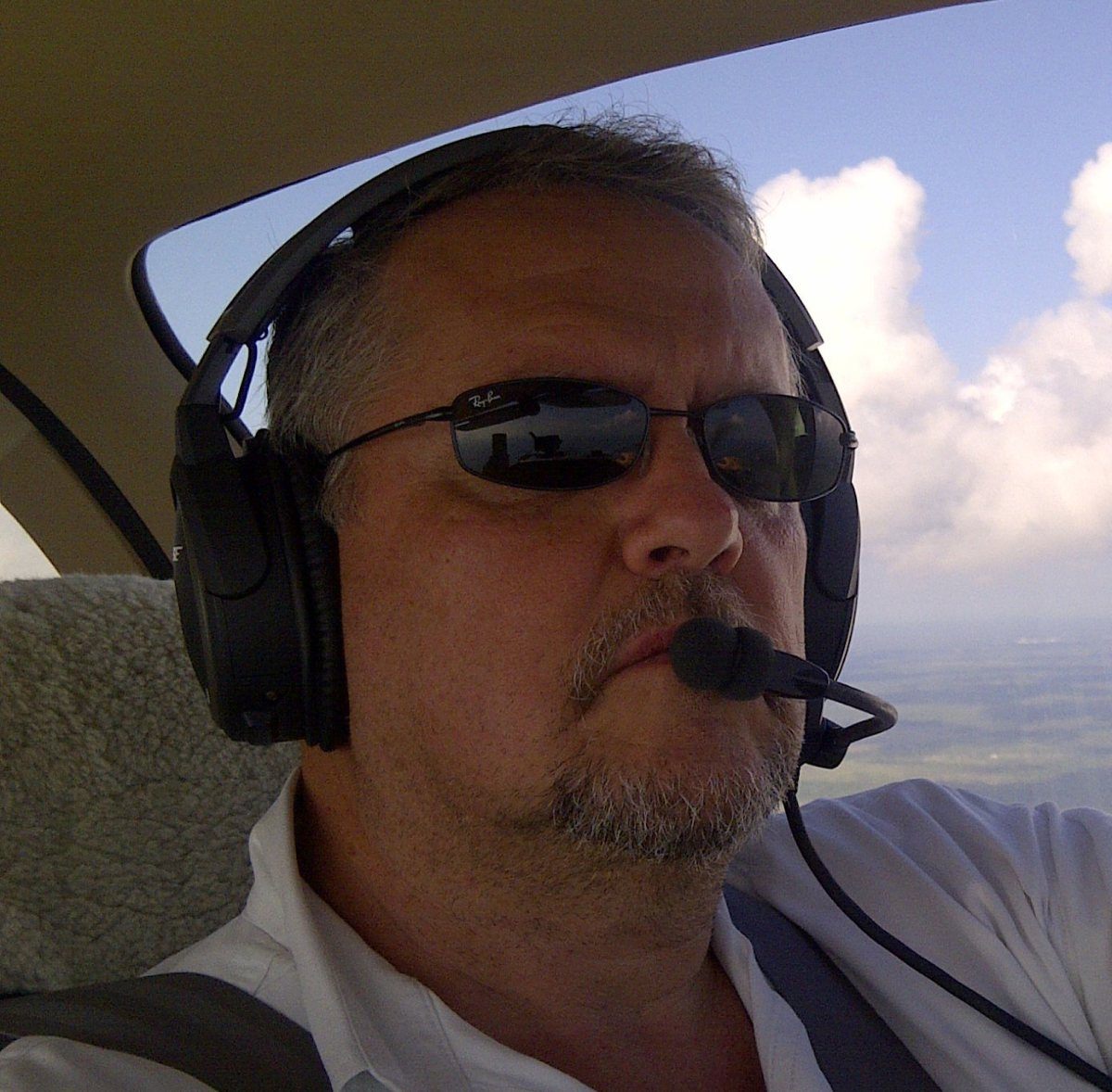






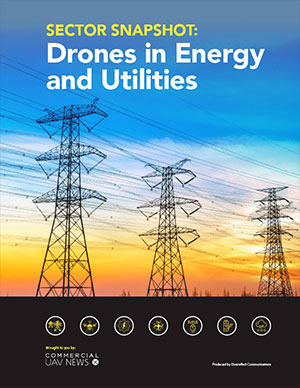

Comments